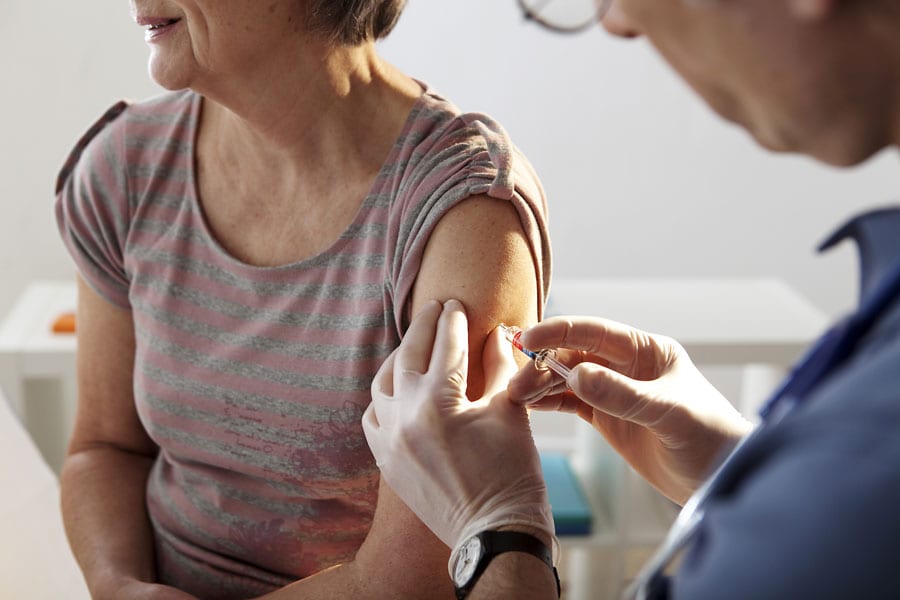The Australian Technical Advisory Group On Immunisation (ATAGI) has released advice on post-vaccination observation time in the context of COVID-19.
The Australian Immunisation Handbook recommends that individuals who receive a vaccination should remain under observation for at least 15 minutes. This allows for the observation of possible adverse effects, such as anaphylaxis and fainting.
Where an immunisation clinic is separate or allows adequate social distancing from others, the standard 15-minute observation period should be observed. This remains the optimal protocol.
However, where adequate distancing at the clinic is not possible, a post-vaccination observation period of at least five minutes may be sufficient, if the vaccinee meets the following criteria:
- No history of severe allergic reactions or immediate post-vaccination reactions, such as syncope.
- Assessment five minutes after vaccination shows no sign of any immediate adverse reactions.
- A parent/carer (for children) or responsible adult can supervise for 15 minutes post vaccination.
- It is possible for the vaccinee to sit or lay down safely if they feel unwell.
- The vaccinee does not drive or operate machinery for the first 15 minutes after vaccination.
- The vaccinee (or the parent/carer/responsible adult) is aware of when and how to seek post-vaccination advice, and has ready access to assistance and emergency services, if required.



